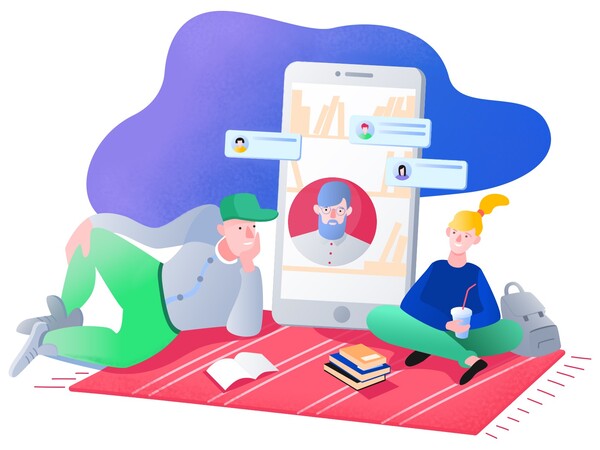Education and the need to timely acquire it is something we continuously complain about but can’t live without. It is the ultimate toolbox of every modern human being. Becoming a literate member of society has long ceased to be a luxury, it is a must. But as the time goes on, demands rise, pandemics hit, and so on, up-to-date education must transform accordingly in order to stay accessible, efficient, and useful in general.
Mobile learning, among other modern formats, helps achieve just that. Student loans, SATs, pricey tutors, and heavy books are things of the past. Today, all the paperwork is replaced by affordable and handy educational mobile apps. You too may aim to reform teaching/studying with the app idea you have in mind. So let’s go through all the why’s and how’s of educational applications.
Why Mobile Learning?
For over a century, education processes have taken place in a classroom – be it at school, university, or specialized courses. Technology, and especially its mobility, have transformed the way students perceive education into an interactive process that can be easily continued even after they leave the classroom.
Providing the next level of educational convenience, a technologically-driven, mobile approach to studying brings a number of ultimate benefits to the table.
Accessibility & affordability
Back in the day, there was a Stanford professor of computer sciences that decided to launch online classes in several of his subjects. Certainly, he expected to get to educate a couple ten thousand students. However, he did not expect this number to go over a hundred for each course.
The world is huge: there are people from various countries, speaking different languages, having different financial and physical capabilities, etc. Technology has enabled absolutely everyone, no matter their background or social aspect, to afford to study. All it takes is figuring out what exactly you want to learn and looking up the relevant app.
Engagement enhancement
In the US, students massively praised remote education opportunities for their ultimate convenience and affordability during the latest wave of enrollment in 2021. That’s why they do not consider studying as something too boring and out of date. In fact, it comes naturally when associated with such a common thing as a smartphone.
Providing students with easy-to-use interactive applications allows maintaining the communication between them and the educational institution or the brand, or whoever the provider is.
Collaboration
Apps provide means for 24/7 communication with fellow students and teachers, which positively influences the amount of time they spend in the app and teaches them the basics of networking.
Continuousness
According to Statista, people spend about 4 hours per day on their smartphones. Mobile application gives the opportunity to continue studying whenever and wherever one may need. It turns learning into an ongoing process that never ends. Instead of being a short-term relationship, your app may become their daily source of entertainment through learning.
Types of Educational Apps
Education apps make up the third (9.6%) and second (10.4%) most downloaded category of apps in App Store and Google Play respectively. And while some may associate education only with the dull school curriculum, it is the opposite. All those piano playing, language studying, puzzle solving and online learning. The education app development does not stand still introducing more and more interesting concepts. So far the most distinct types of mobile apps for education are:
Multipurpose learning platforms
Educational platforms do not limit themselves to only one course or one scientific sphere. One would be able to find and enroll in any course of even a full-scale graduate program no matter the age, financial status, nationality or any other obstacles (e.g., Google Classroom, iTunes U, Stepik, etc.).
Let’s look at the example of Coursera that started as a Stanford-only online platform and developed into the site of enormous possibilities in education. Thus, while it sounds impressive, creating a similar compatible product requires a lot of funds, time, and database capacity.
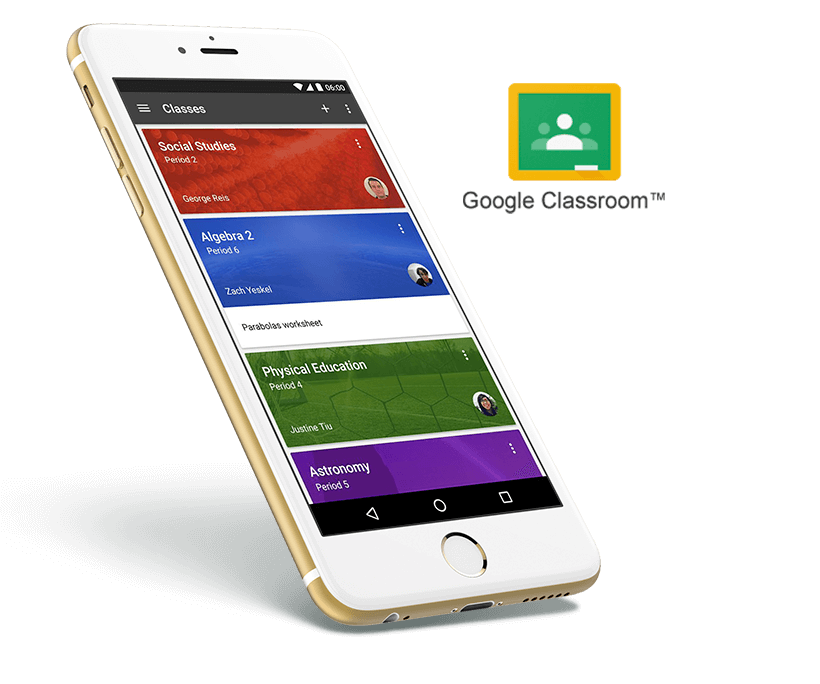
Specific subject learning app
Countless apps focus on providing the studying process for only one particular subject varying from Duolingo for language studies to Yousician for mastering new music instruments.
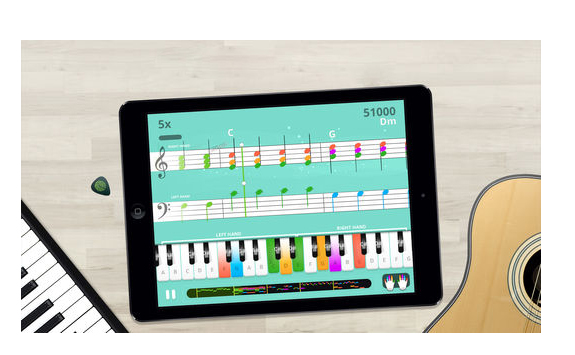
Supportive apps
These are the apps that do not teach. Instead, they help to ease the studying process. Some apps deal with small tasks like solving the equation written in the notebook (Photomath) or correcting the grammar (Grammarly).
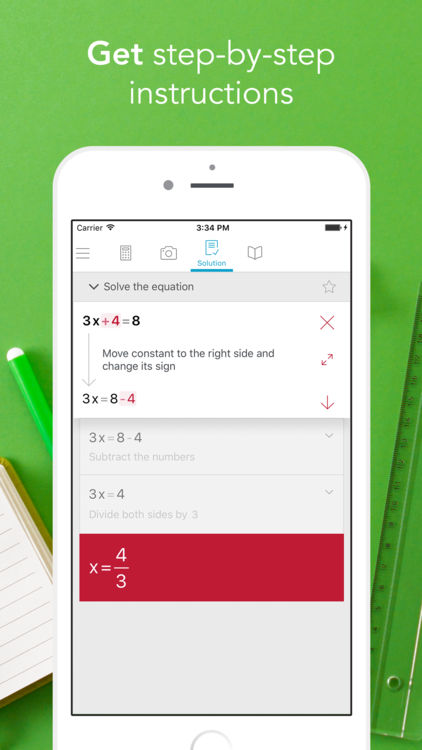
Educational games
Studying is good, but interactive studying is better. Training the brain inside a gamified environment allows students to take their mind off heavy stuff while continuing to pick up something new. Khan Academy’s app does a great job at engaging users through adventurous gamification.
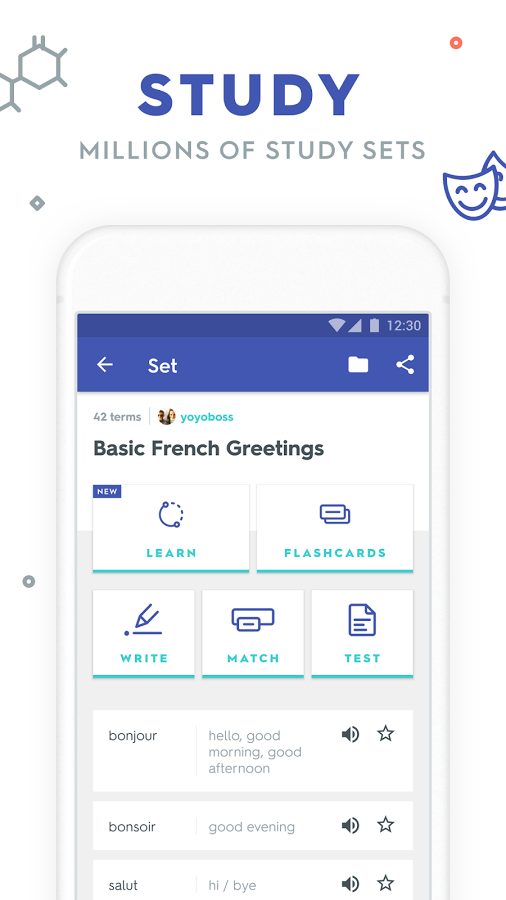
Learning management app
These are apps that can be used collectively by members of a specific educational institution or separately by students for their purposes (e.g., Schoology, Canvas Student, etc.). They are designed to handle the formalities and ease the communication between school and student regarding personal schedules, attendance control, work submission, grading and so on.
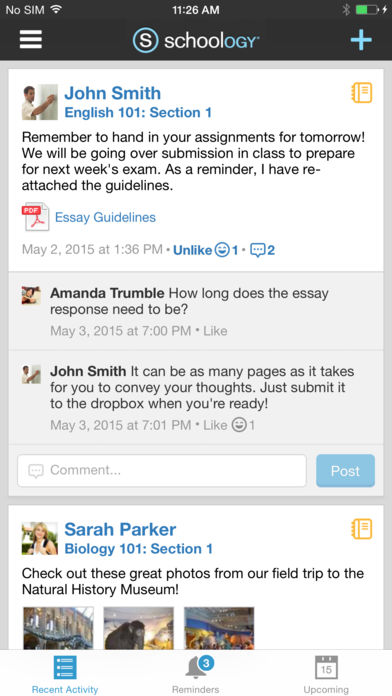
Educational apps for preschoolers and toddlers
The brain of the small toddler works differently from those old enough to attend school. Their attention span is shorter and comprehending abilities are still in the phase of early development. Particular applications aimed at children aged 0-5 are bright, gamified and interactive to grab kid’s interest and make sure they learn in the process of being entertained (check out Endless Alphabet and Prodigy Math Game).
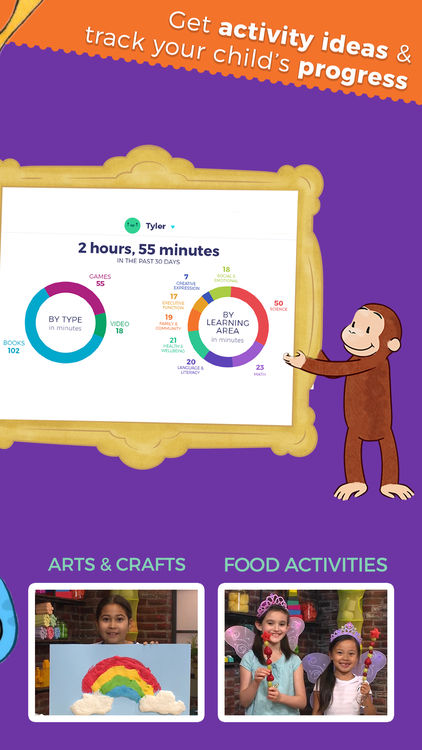
Main Set of Features for Any Educational App
Usually, the application development process consists of similar common phases: planning, design, set of features, testing and deployment. You can read more about it here.
Educational apps are not different. They may include the most different features and learning modules, but the most common features every educational application development team should foresee are:
Registration/Log-in
Though creativity cannot be taught, it can certainly be nurtured. Find a routine that works for you. Routines can be positive if they reinforce a healthy, creative mindset; they can be counterproductive if they actually keep you from being creative.
While breaking your routine once in a while to force new ways of thinking is good, what if growing/learning/experiencing new things was built into your routine as a given? The people who speak negatively about routine have probably not developed a routine that puts them on a path of internal growth.
The key is to discover creative rituals that put you in a more creative mindset.
Customizable profile
The most significant part of the education app user community is students. They should have an ability to have a personal page with information about who they are, what faculty or grade they belong to, what classes they take, what assignments are due, and access to their grades (if it can also show the approximate GPA, that’d be awesome).
To develop this feature your education app developers will need from 115 to 140 hours.
Feed
Show users the sudden changes in the timetable based on classes they take or teach in case of lecturers.
Average development time – 130 hours.
Courses page
Surely, every class or course should have its own separate page with a detailed plan, lectures, schedule, assignments, information about the lecturer themselves, a list of students attending and any other essential information.
Development is going to take – 80 hours.
Audio & Video streaming
The mechanics behind a streaming is that the ongoing stream goes to the server where it is converted and sent to the user that watches the broadcast. At the same time, the video is recorded and stored if needed. However, the time limits for storing are decided by the developers and depend on storing and processing capacities of servers.
Apart from online courses taken in real time, users also need to have an ability to re-watch the lecture or re-listen to the broadcast that is a part of their curriculum. So it’d be better to think about the server part in advance.
For a simple MVP, about 80 hours for frontend and 80 hours for backend will be enough. However, the top-notch steaming feature can take up as far as 600 hours to build.
Search
Some students would like to check out the courses their friends take or learn about what they will be having next year. Developing a detailed search with different features is going to enhance their user experience.
Time needed 110 hours.
Push notifications
Students and lecturers would like to get notified about all the slightest changes that occur in their studying/teaching process like shifts in timetables, new assignments and grades, deadlines and so on.
Creating push notifications takes about 90 hours.
Offline mode
Yes, the offline mode. Give your students the ability to access all necessary data offline with downloadable lectures and course materials, saved answers to tests, etc. this way they won’t be able to say that connection was poor, so they did not revise the content.
Time for building the offline mode takes about 60 hours.
Database
The most valuable thing to tune is the database that is going to store all the information about ongoing, past and future courses, personal information of every user and their education process, and all course materials.
The amount of time needed to set up a database successfully cannot be calculated before actually doing it. In real life, it can take months just to set it up.
Approximate Time-Cost Estimate
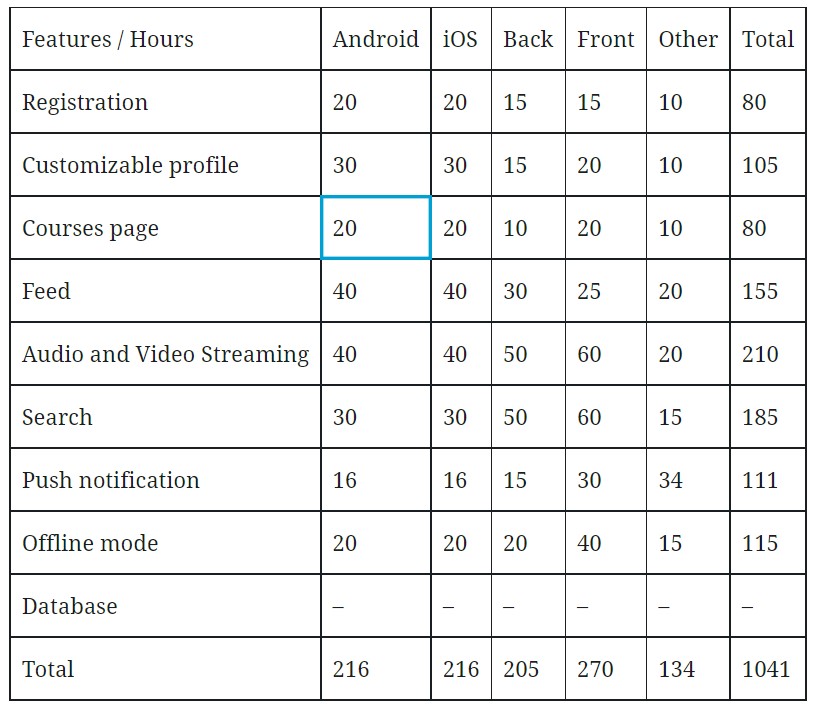
Summary
In short, education has turned into a lifelong process, and mobile application is one of the tools that allows making it real.
The mobile education industry is growing momentum as the development process is relatively simple. There is no need for complicated integrations; the most important parts are the intuitive design and logic behind the app. Moreover, you do not have to generate the contest, as it is either available online or developed by faculty staff themselves.
If you have an idea how to brighten up the education process, we are ready to implement it for you. Contact us at hello@idapgroup.com.

